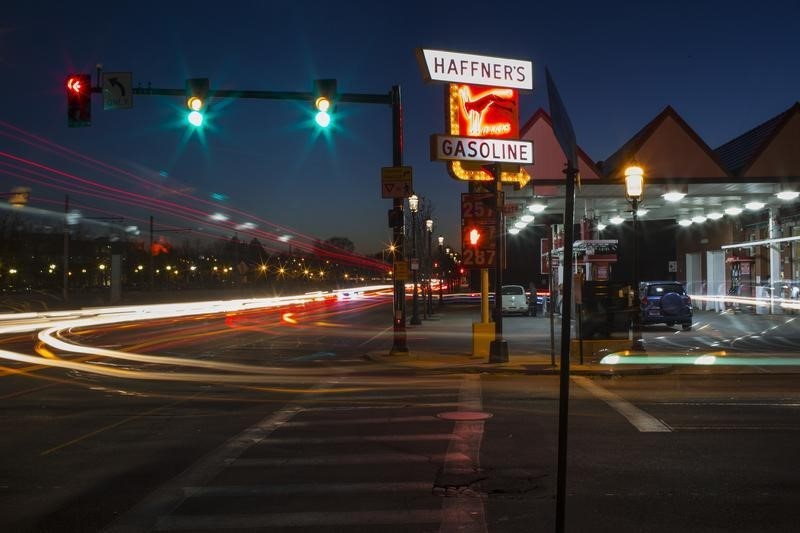By Barani Krishnan
Investing.com - The U.S. oil rally seems to be hitting a bit of a wall beyond $70 per barrel.
West Texas Intermediate, the benchmark for U.S. crude, reached another 2018 high on Thursday, rebounding from the previous session’s decline pressured by concerns over a weak summer start for gasoline demand.
But despite an OPEC monthly prediction that global oil demand will accelerate in the second half of the year and burn through the pandemic-triggered supply glut accrued through last year, WTI’s daily gain and price peak were barely headline-worthy.
This suggested that crude bulls needed to find a new catalyst to keep the market’s current upward momentum alive, without descending into a near-term correction at least.
“We need to start showing some strong weekly draw numbers on gasoline soon, otherwise WTI is going to get weighed down, even if crude stocks keep falling,” said John Kilduff, founding partner at New York energy hedge fund Again Capital.
West Texas Intermediate crude, the benchmark for U.S. oil, settled up 33 cents, or 0.5%, at $70.29 per barrel. Its session high was $70.64. Since June 1, WTI has set new intraday highs going back to October 2018. But its climb has significantly slowed since getting past the $70 mark.
Brent crude, which acts as the global benchmark for oil, settled up 30 cents at $72.52. Brent hit $72.90 earlier in the session, its highest since May 2019.
WTI’s advance slowed after the U.S. Energy Information Administration said reported on Wednesday that gasoline inventories rose by 7.05 million barrels during the week ended June 4. Analysts tracked by Investing.com had forecast a build of just 1.2 million barrels.
Stockpiles of distillates, which include diesel and heating oil, rose by 4.4 million barrels against expectations for a 1.8 million barrel rise.
Crude stockpiles fell sharply too, by 5.2 million barrels versus forecasts for a 3.5 million-barrel decline. But that was only because of the ramp up in fuel production due to a spike in refining activity.
Analysts have projected one of the biggest ever summer demand periods for fuel in the U.S. as the economy reopens fully from a year of lockdowns and safety measures imposed after the March 2020 outbreak of the coronavirus pandemic.
But U.S. fuel take-up has so far been tepid, suggesting that more time was probably needed for demand to accelerate.
